Craig Haught possesses over 30 years of experience in Fortune 500 companies with Chief Information Officer and Senior VP roles in global environments, spanning up to 45,000 employees and $8 Billion in revenue. Experienced in transforming legacy and inefficient divisions into global leaders, producing career IT savings in excess of $575 million..
Sajid Khan, the President of MicroAgility interviews Craig Haught discussing the activities after his retirement, the insight about IT industry evolution, challenges of CIOs, and his leadership style.
Sajid Khan: Craig, How is life after serving many large high-tech companies?
Craig Haught: It is great but different. I absolutely enjoyed my time in an enterprise. Corporate structures are set up to focus on those things that enhance the value of the enterprise. The commitment to the enterprise goals is such a major part of one’s life that personal priorities had to be compromised. I now focus 100% on what I want to do. The amount of time and flexibility I have to focus on non-enterprise activities I enjoy such as family, sports, travel and volunteering. At the same time my time and experience within the enterprise has enhanced the enjoyment of my time away from the enterprise. I am able to leverage many of the skills and experiences of the enterprise but the priorities are under my control. Many of the people I interacted with in my corporate life are an important part of my personal life.
SK: What’s been your proudest achievement in your career?
CH: I feel quite fortunate in my career to have the opportunity to work with so many great people and great to participate in so many activities that have enhanced the value of the companies I have worked. In general I have left every company I have worked for in better shape than I entered with, solutions with significant sustainable value. My proudest moments are when team members that I have mentored over the years go on to key leadership roles in various enterprises. In addition, when my customers take time out of their busy day to recognize the capabilities the CIO team delivers to enhance their effectiveness validates the teams effort to enhance their productivity. The external awards and recognition benchmarked the value and leadership of the CIO efforts of the CIO team. From a personal standpoint there were numerous programs that improved enterprise performance, personnel productivity and reduced cost.
SK: What do you think is the biggest challenge for the CIOs at the large enterprises these days?
CH: Manage effectively through the speed of change. The CIO role is one of the most complex roles with an enterprise with as many opportunities, as constraints. It is critical that the CIO ensure that risks that could impact the viability or performance of the enterprise are avoided. At the same time the information solutions and technology are adapted to the changes that are required to meet enterprise success in an ever changing competitive and regulated environment. Disruptive technologies, that attract the right talent, can enhance the existing legacy team opportunities, and improve capital utilization, don’t always meet the maturity, scalability, and sustainability requirements. It may not achieve the fiduciary and risk avoidance requirements which must be a part of the core enterprise solutions. The CIO must have the skills to communicate the appropriate message required for the various audiences the both prioritize the investments as well as the use of the changes to ensure continuous improvements are achieved.
SK: You have vast experience with data centers. What are your views about Cloud Computing which is diminishing the need for internal data centers?
CH: Cloud computing is an architecture as well as a solution. As an architecture, cloud computing provide for in house, hybrid and outside solutions. The key for the CIO is to leverage all aspects of the architecture to enhance enterprise performance. While the internal data center should be able to reduce it breath of solutions offered, I don’t see the internal data center and its role in the overall enterprise infrastructure going away any time soon. Internal data centers can improve the asset utilization and reduce cost. The enterprise data center will be critical gateway to the public and hybrid clouds.
SK: You have witnessed the evolution of IT during the past 30 years. In your opinion where is the IT industry heading now?
CH: The foundational capabilities such as infrastructure, communications, mobility, client services and core business systems are orders of magnitude more reliable, scalable, standardized and mature allowing more CIO resources (labor and capital) to focus on emerging IT enabled solutions to enhanced business differentiation and success. Among the areas that continue to provide significant enterprise value include customer engagement, business intelligence and business process improvements. This will require the CIO to continue to refocus and retool the CIO team to ensure they are in position to anticipate and enable adoption in advance to the enterprise’s requirement.
SK: As an IT leader, what is your leadership style?
CH: I am an engaged leader able to scale to the size and nature of the enterprise and team needs. I take overall responsibly for the success or failure of the team commitments. I believe IT is a team sport requiring participation not only from the IT organization but also the customers and suppliers to enable the best possible outcome. I believe in outperforming to the customers expectation. The CIO organization skills are absolutely critical to the success of the CIO organization so I spend a significant amount of time in the growth of the team and mentoring its leadership. I also recognize the information solutions are very complex but the messaging to all constituents need to be kept simple and concise to ensure everyone gets the information they need and can apply to the personal role in the enterprise.
SK: What advice would you offer to our readers who aspire to follow in your footsteps?
CH: Ensure you know enough about the architecture and able to apply all tools and resource available to enhance the effectiveness of the enterprise. Maintain a clear and unambiguous relationship with all constituents of the CIO ecosystem.
SK: Anything else you would like to share with other fellow c-level executives
CH: CIO must have great communication and relationship skills and a complete understanding of technology and enterprise business requirements.

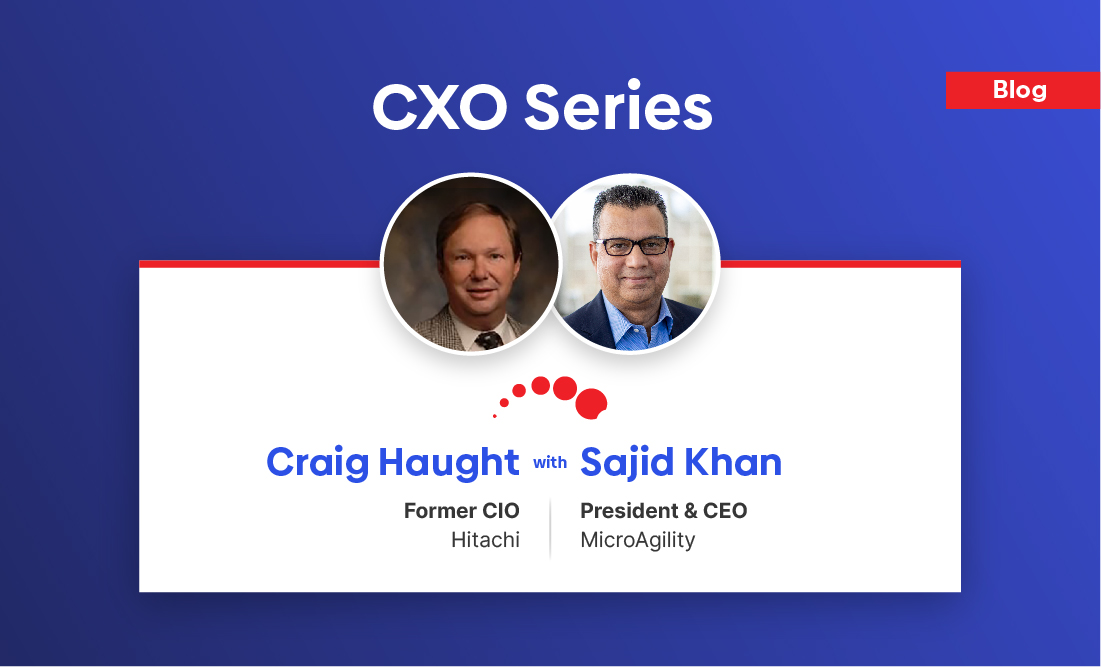
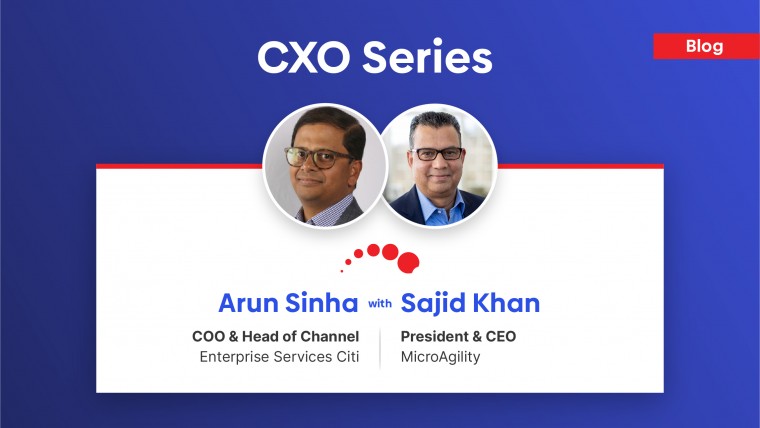
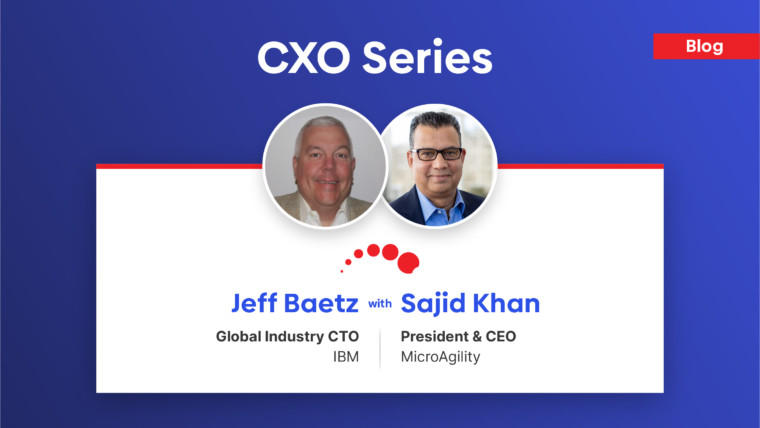
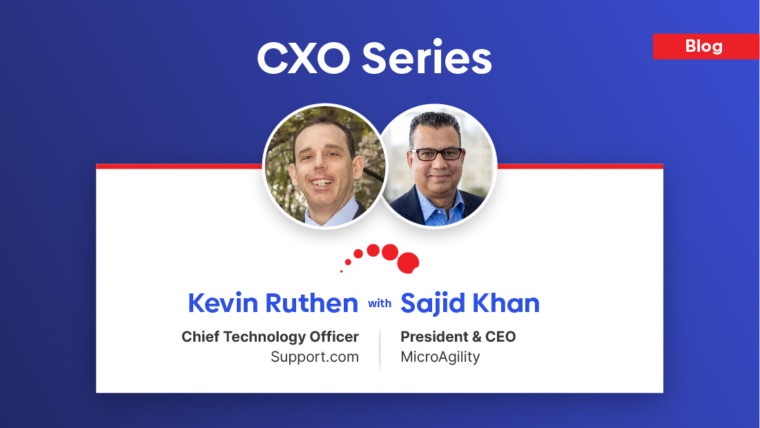
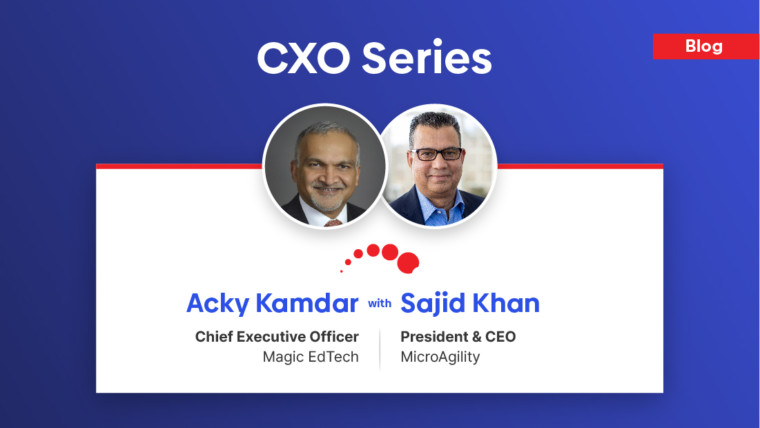
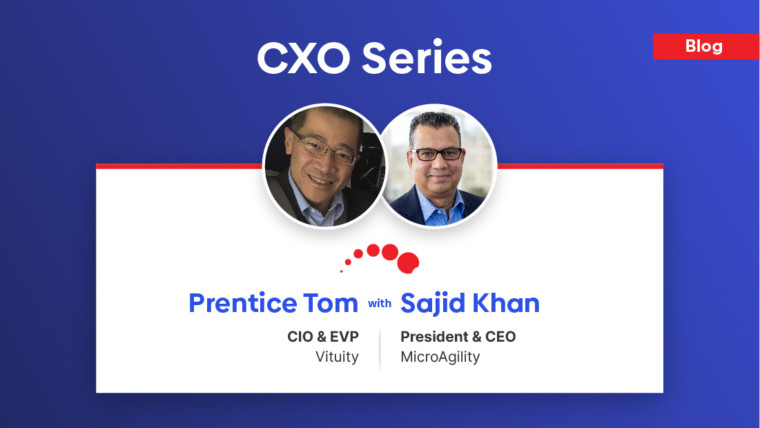
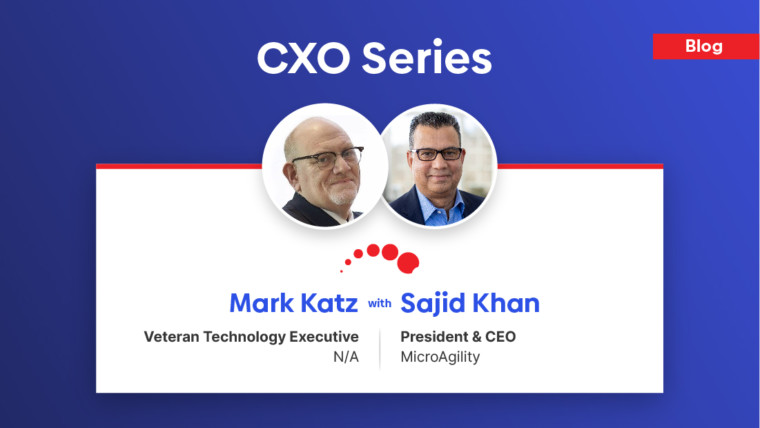
One Reply to Former CIO at Hitachi shares IT trends & challenges of CIO’s in high-tech companies
Nice sharing…